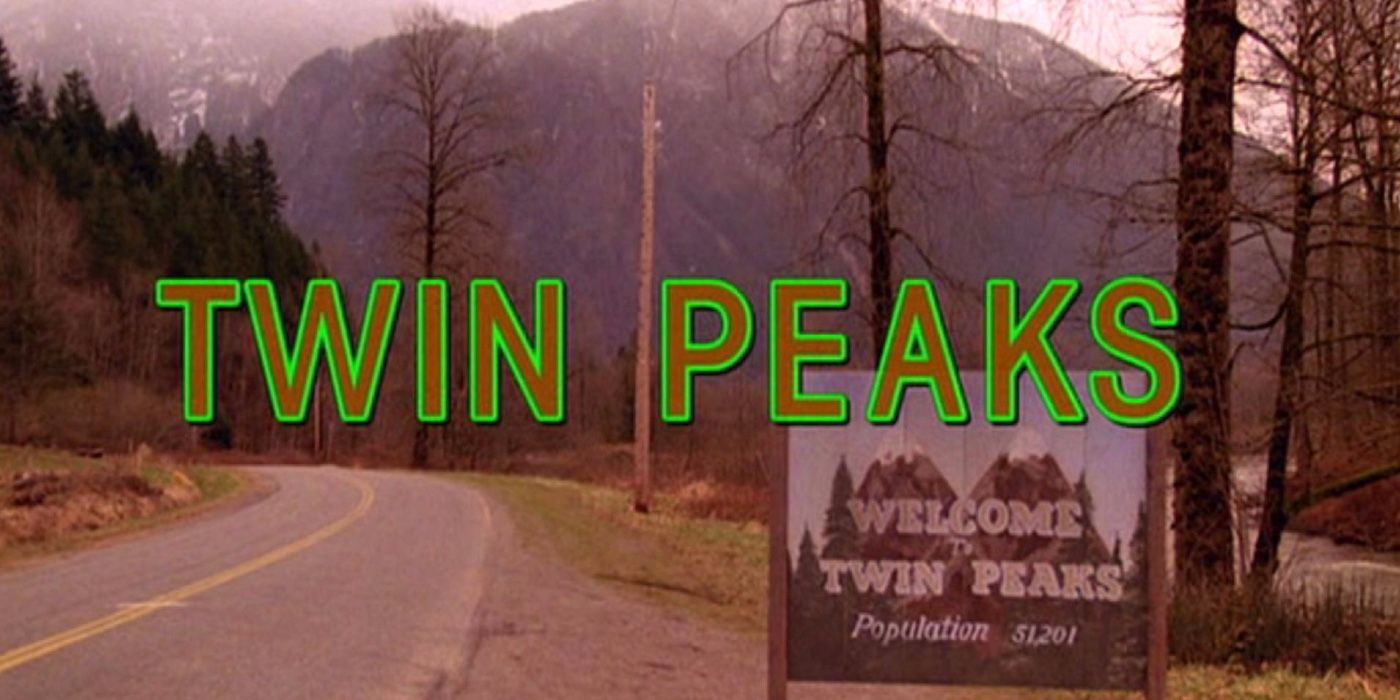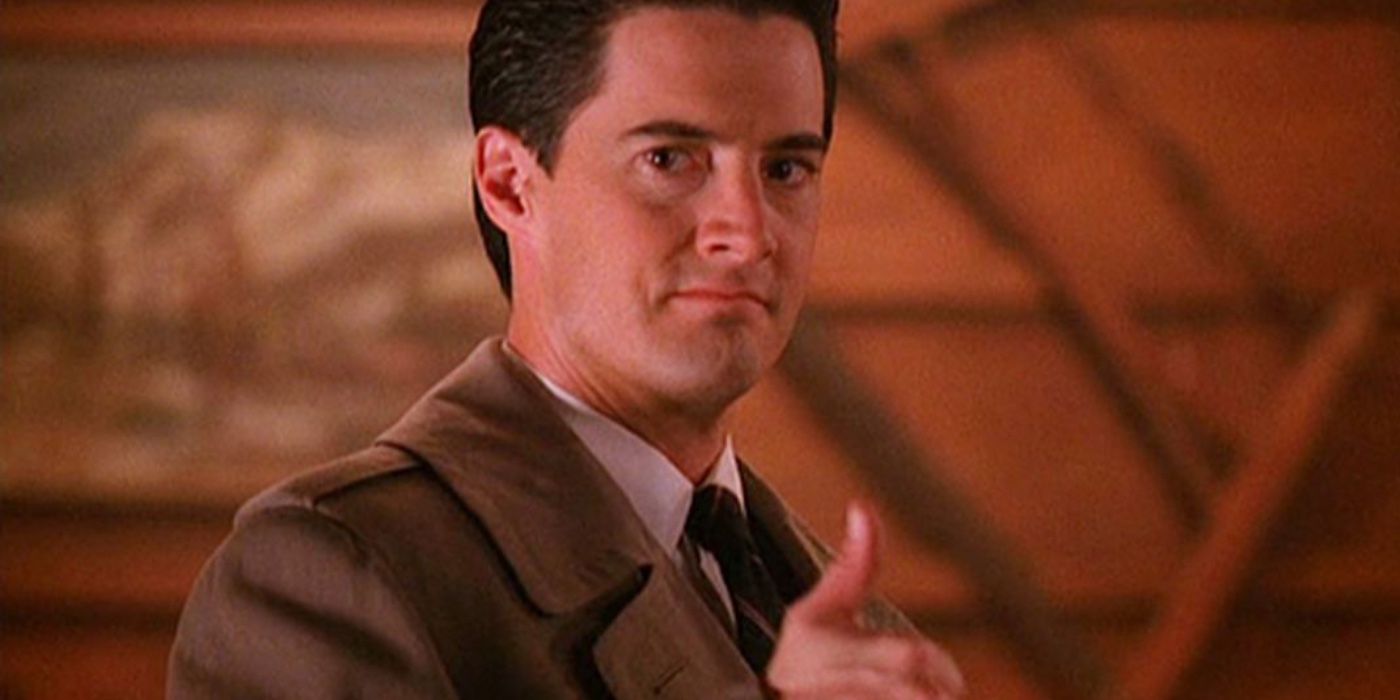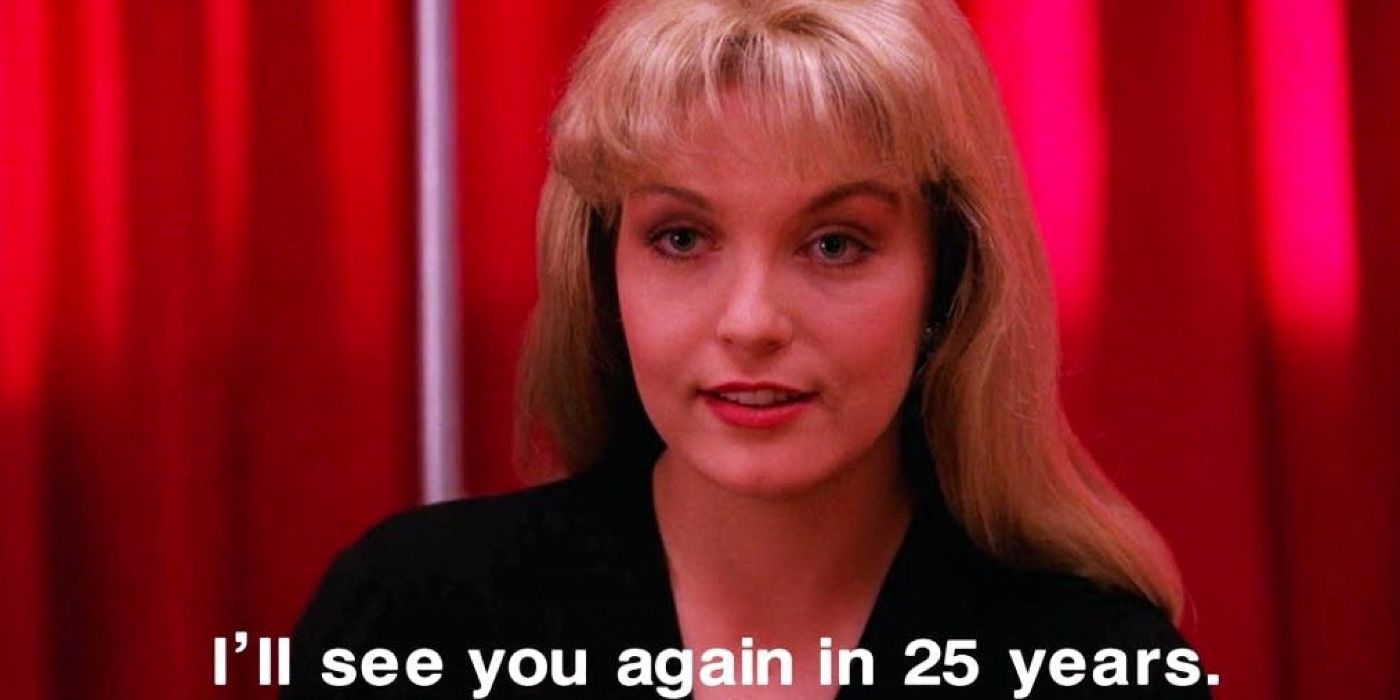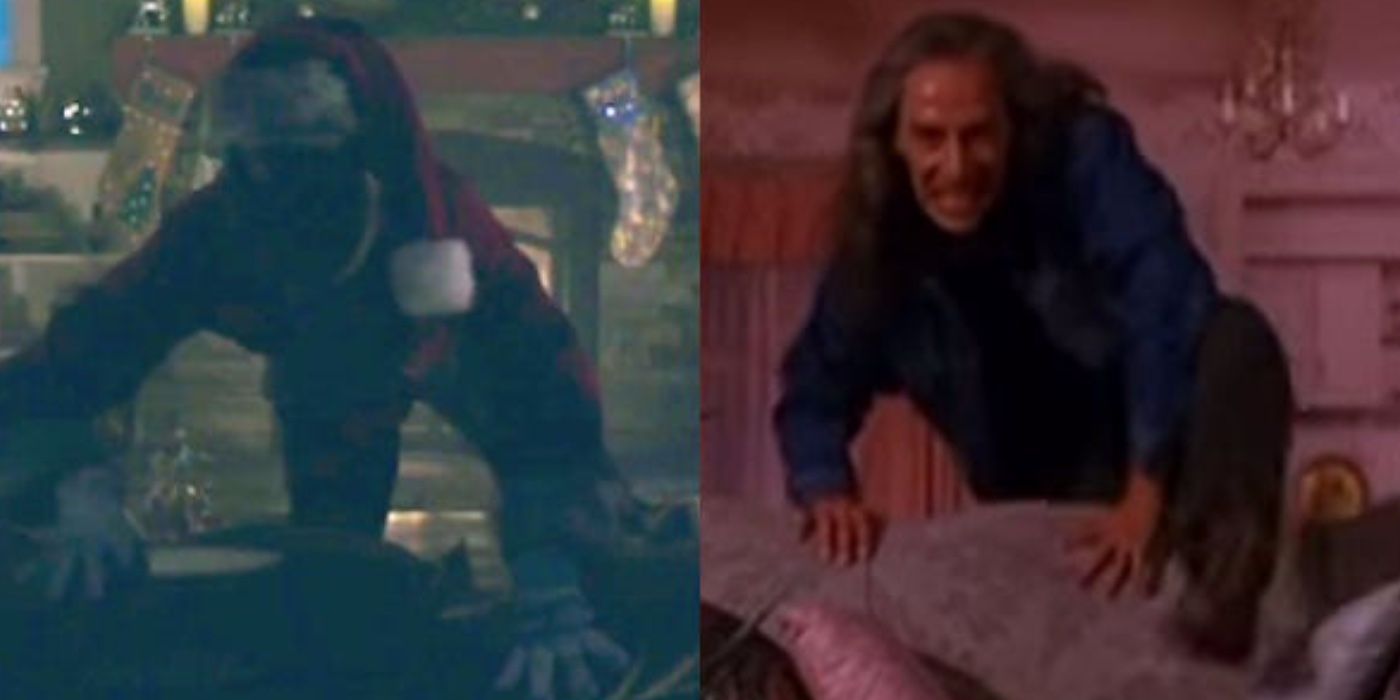Twin Peaks premiered on ABC 30 years ago, on April 8, 1990, and changed the concept of what television was capable of. Created by David Lynch and Mark Frost, the series was an amalgamation of genres, bending the rules and pushing the boundaries of what television was, and what Lynch and Frost felt it could be. Twin Peaks was polarizing, dividing audiences into the obsessed and the baffled, and became the epitome of must-see TV -- even if the only reason it needed to be seen was to be believed.
Twin Peaks was a cultural phenomenon, and became a massive hit after it's initial 8-episode first season, which included a feature-length pilot episode. The show wasn't renewed after its questionable second season, which ended on a staggering cliffhanger after 22 increasingly wild and confusing episodes. It took 25 years for that gum we like to come back in style, with the series returning to television in 2017 with a third season, picking up where the series left off. The impact of Twin Peaks has been seen in countless television shows, that frankly would never have existed without the show's influence. Not to mention, Twin Peaks has the definition of a cult following, amassing legions of devoted fans long after the show went off the air. So where did the show slip off the tracks, and what exactly went wrong?
The American mystery/drama/horror series takes place in the fictional Washington town of Twin Peaks, where FBI Special Agent Dale Cooper (Kyle MacLachlan) arrives after the death of high school student and homecoming queen Laura Palmer (Sheryl Lee). Agent Cooper integrates himself into the town, uncovering dark secrets many would prefer never saw the light of day, including brothels, drug trafficking and the usurping of the corporations that keep Twin Peaks afloat.
The complexity of the mystery/crime aspect of the show quickly became apparent, with the murder of Laura Palmer proving to be much more elaborate than it originally seemed. In fact, it's the elements of this murder that ultimately made Twin Peaks so convoluted and confusing in the show's second season. What was originally presented as being one piece in the much larger puzzle of a suspected serial killer soon evolved into a paranormal storyline, with cryptic clues and bodies occupied by supernatural hosts. Although, if one went into Twin Peaks with prior knowledge of Lynch's work, none of this was remotely surprising.
David Lynch is known for his non-linear storytelling and nonsensical (and more often than not, extremely disturbing) imagery, evident in his first feature film, the surrealist horror fever dream Eraserhead (1977), as well as subsequent movies like The Elephant Man (1980), Dune (1984), Blue Velvet (1986) and Mulholland Drive (2001), to name a few. For Lynch's loyal fans, the idea of the director creating a television show meant for prime-time viewing was quite a stretch. It was his pairing with novelist and screenwriter Mark Frost that allowed for a Lynchian story to be made palatable for a mainstream audience. In fact, by David Lynch standards, Twin Peaks is one of his more toned down and accessible works.
Lynch's touch is obvious in Twin Peaks right from the beginning, from its consistently eerie and tense tone to the mysterious characters who provide cryptic clues; The Log Lady, The Giant and The Man From Another Place are perfect examples of a combination of these two elements. In the later episodes of the first season, The Black Lodge is introduced in one of Agent Cooper's enigmatic dreams (although the moniker The Black Lodge isn't revealed until the second season). The Black Lodge is one of the show's most prominent and infamous locations, known for backwards-talking clues, mysterious beings and even a few doppelgängers. It is through the campy and surrealist elements like this that Twin Peaks both intrigued and alienated its audience.
Eventually, what started off as a television hit began to appear to be almost cursed. ABC started fiddling with the show's time slot, which is often a kiss of death for network television series. What set ABC on this path in the first place was a disagreement with Lynch and Frost over whether to solve Laura Palmer's murder. The network insisted the mystery reach a conclusion, much to the chagrin of Frost and Lynch. Both consider the resolution of Laura Palmer's murder to be what ultimately killed the show.
Once Laura's killer was revealed in Season 2, Episode 7, "Lonely Souls," as the character's father Leland Palmer under the influence of the bodysnatching BOB, the show's ratings began to steadily decline. There was no more murder mystery, but the show still left more questions than answers. Plus, in addition to being subject to time slot reshuffling, the subsequent 15 episodes were consistently preempted by news about the Gulf War. At this point, it seemed like nothing was on the show's side, and ultimately a combination of loose ends, inconsistent time slots, a televised war and the baffling content of the show led to its cancellation.
However, the legacy of Twin Peaks continued, adding to its cult status with fans. Not only did the show itself spawn a prequel feature film by Lynch, Twin Peaks: Fire Walk With Me in 1992, but 25 years after the show's initial cancellation, the show was resurrected for a third season. The continuation of the series in 2017, known as both Twin Peaks: The Return and Twin Peaks: The Limited Series was met with high praise from fans and critics alike. Although it contained the same dreamy imagery and surreal storytelling, now the content was consumed by the show's original fans and accumulated cult following. Therefore, viewers were given exactly what they were looking for, a very different situation than the unsuspecting audience of the original two seasons of Twin Peaks.
Furthermore, since its cancellation in 1992, the influence of Twin Peaks has been seen consistently on television. Shows like X-Files, Picket Fences, Lost, The Killing and even Riverdale would not exist, or rather would never have been what they are, without Twin Peaks. In a direct link, Riverdale features actor Mädchen Amick, who also starred in Twin Peaks. In fact, Riverdale is also known for lifting directly from Twin Peaks, mirroring exact scenes and imagery, as shown below.
The idea that genre-bending, surrealist content could be shown on broadcast television and embraced by mainstream audiences began with Twin Peaks, and allowed the shows mentioned above (and many more) to go where writers would have been too afraid to venture otherwise. The acceptance of the inclusion of dream sequences, multiple timelines and straight-up bizarre subject matter in television series will always be traced back to Twin Peaks, a show that was way ahead of its time and deserves its place in the television hall of fame.





